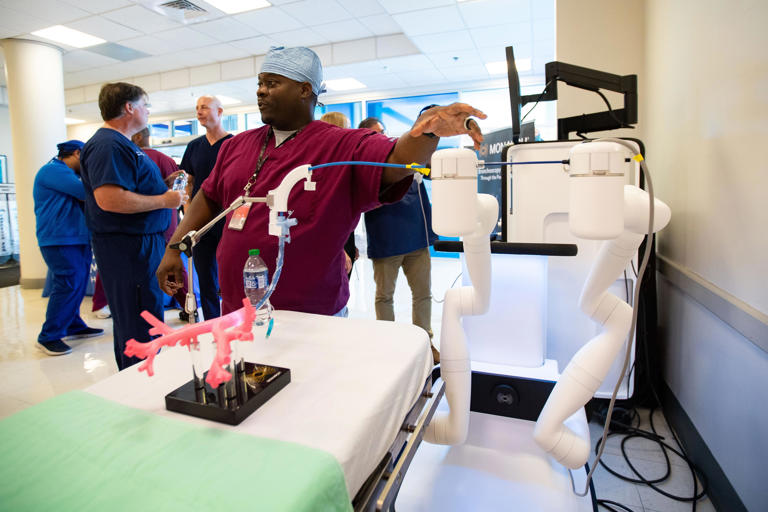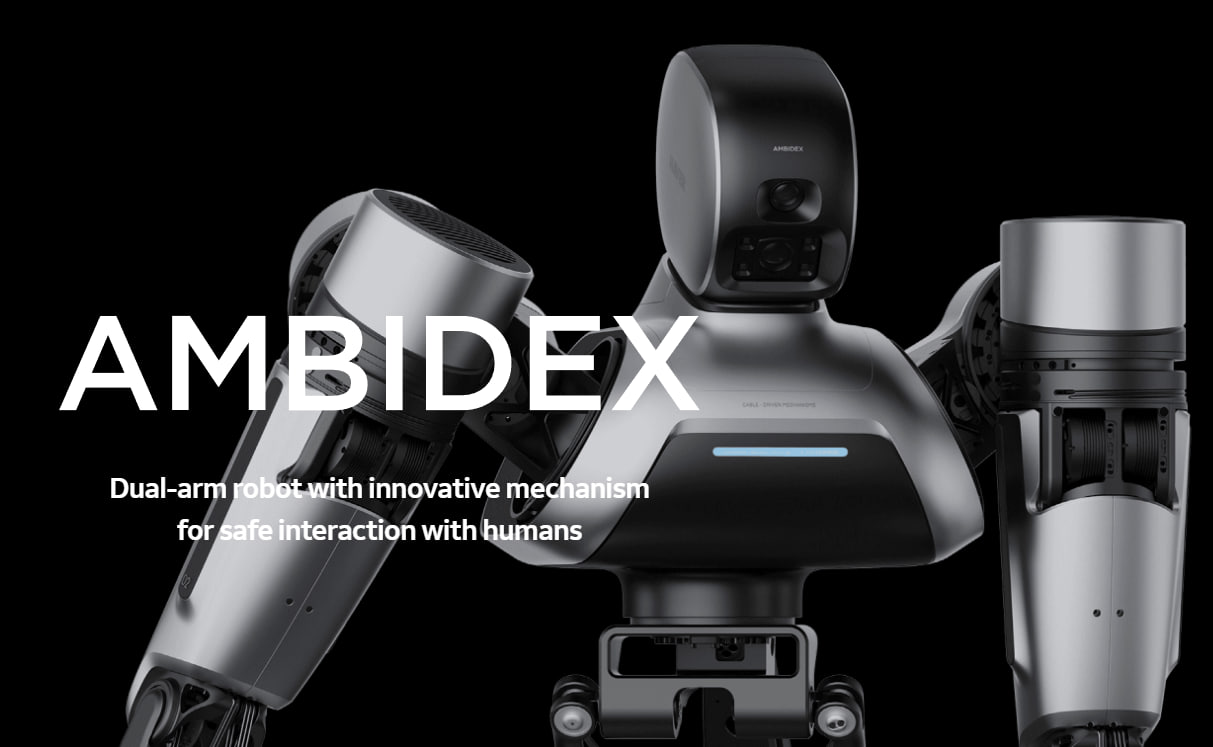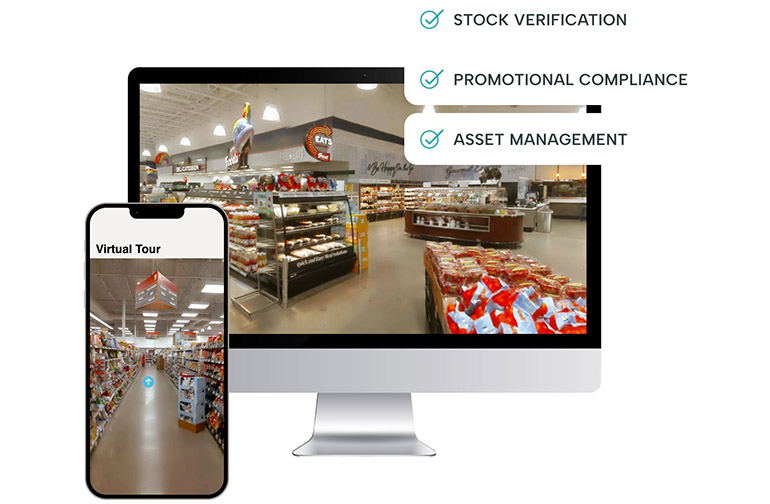Imagine a factory worker lifting heavy car parts with ease, moving effortlessly as if they’ve gained superhuman strength. Thanks to futuristic exoskeletons, this scenario is no longer science fiction—it’s happening right now on Renault’s assembly lines.
The French automaker has just invested in Wandercraft, a company known for its cutting-edge medical exoskeletons, to bring robotic assistance to car factories. These high-tech suits aren’t just for superheroes or sci-fi movies—they’re about to make factory work safer, faster, and way cooler.
From Hospitals to Factories: The Rise of the Exoskeleton
Wandercraft made a name for itself by developing self-balancing exoskeletons for medical use, helping people with mobility issues walk again. Now, Renault is tapping into that technology to create industrial exoskeletons—robotic suits designed to help workers handle heavy loads and repetitive tasks without strain or injury.
The first product of this partnership? The Calvin robot, initially designed for industrial use. These exoskeletons will support Renault’s workers in physically demanding jobs, reducing fatigue and the risk of injuries. Think of it as a high-tech assistant that gives workers an extra boost—like having a robotic sidekick on the factory floor.
Why Renault Bet on Robot Suits
Car manufacturing involves heavy lifting, precise movements, and repetitive actions—all of which can take a toll on the human body. By introducing exoskeletons, Renault aims to:
✔ Boost productivity – Workers can do more without exhaustion.
✔ Reduce injuries – Less strain means fewer workplace accidents.
✔ Cut costs – Faster, safer work means more efficient production.
But Renault isn’t stopping there. The company plans to mass-produce these exoskeletons, leveraging its expertise in large-scale manufacturing to make them more affordable and widely available.
Meet EVE: The Next-Gen Exoskeleton
The collaboration will also lead to the launch of EVE, Wandercraft’s latest exoskeleton model. While details are still under wraps, this new bot is expected to be even more advanced, blending industrial strength with medical precision.
Thierry Charvet, Renault’s Director of Industry and Quality, says this tech will free up workers to focus on more complex tasks while robots handle the heavy lifting. Meanwhile, Mathieu Masselin, CEO of Wandercraft, calls Renault’s investment a “landmark moment,†opening doors for robots that could one day assist not just in factories but in healthcare and everyday life.
Are These Robots… Humanoid?
Exoskeletons blur the line between wearable tech and humanoid robots. They don’t walk around independently (yet), but they enhance human abilities in ways that feel straight out of a sci-fi flick. As the tech evolves, we might see even more advanced versions—perhaps full-body suits that turn factory workers into real-life Iron Men.
The Future of Work Is Wearable
Renault’s move signals a major shift in manufacturing. Instead of replacing humans with robots, companies are now augmenting human workers with robotic assistance. It’s not just about automation—it’s about collaboration between humans and machines.
So, what’s next? If exoskeletons become mainstream, we could see them in construction, logistics, and even emergency rescue operations. The age of robotic enhancement is here—and it’s changing the way we work, one high-tech suit at a time.


















